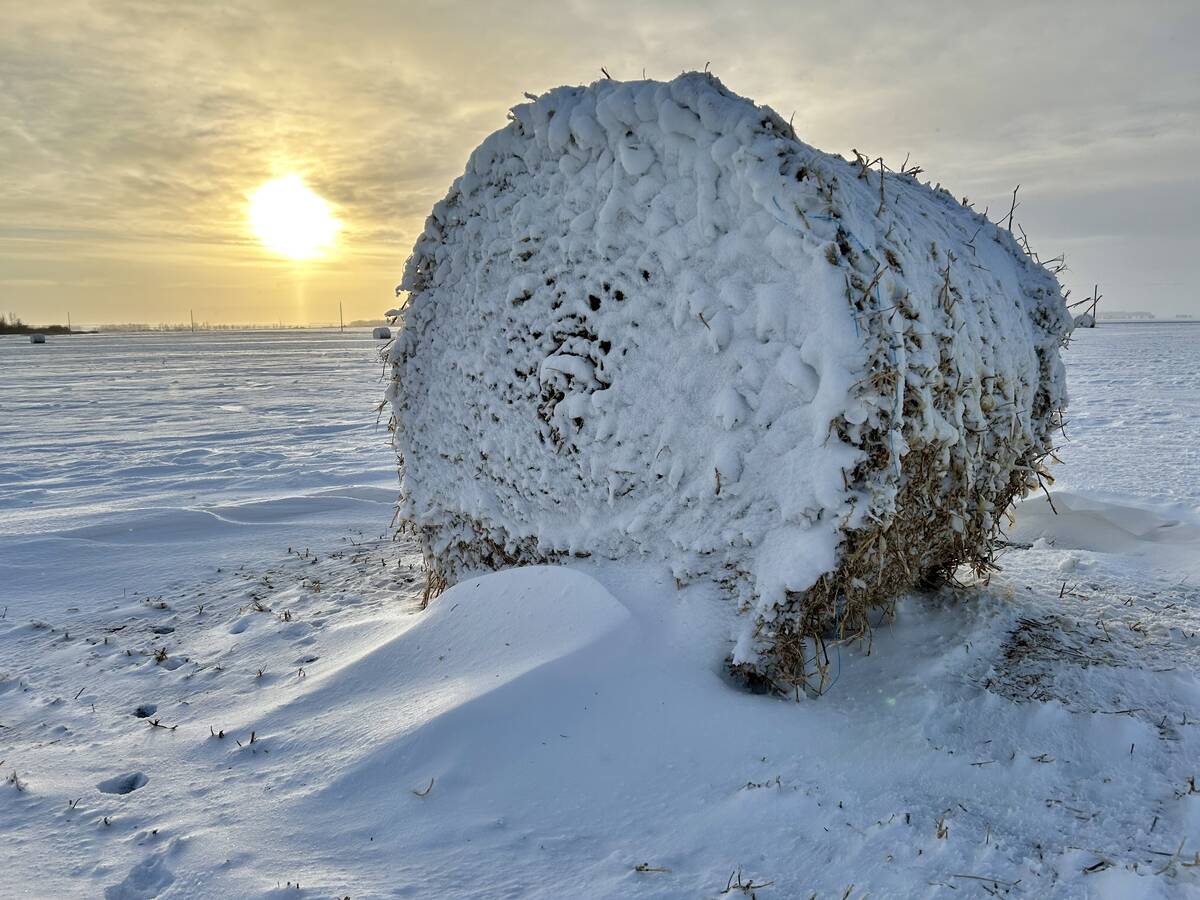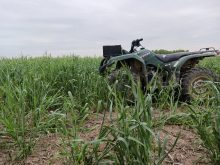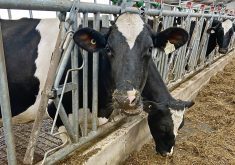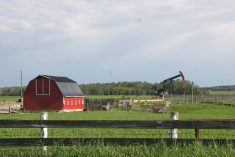More than one million acres of Canadian farmland have glyphosate-resistant weeds, according to an online survey of 2,028 farmers conducted by Stratus Agri-Marketing Inc. based in Guelph, Ont.
The shockingly high Canadian numbers were met with skepticism from some experts who suggest farmers might be mistaking hard-to-kill weeds with glyphosate resistance. But others say the farmers are probably right.
“The farmers are pretty perceptive when it comes to their suspicions about resistance. They’re usually on the mark,” said Hugh Beckie, an Agriculture and Agri-Food Canada weed research scientist based in Saskatoon.
Read Also

Prairie winter snowfall forecast 2025-2026
How much snow should farmers in Alberta and elsewhere on the Canadian Prairies expect for the rest of December 2025 and into January-February 2026?
As resistance spreads, weed control will get a lot more expensive and complicated, especially for conservation tillers, Beckie said.
Some weeds have natural herbicide resistance. It’s believed using the same herbicide in a field over many years kills the susceptible weeds leaving only the resistant ones.
“I think these surveys are important because they give us researchers, the public and other farmers an awareness about glyphosate resistance and (remind us) to keep a lookout on your farm,” Beckie said. “If a lot of farmers are perceiving they have glyphosate resistance then you should be looking in your fields as well.”
Closer look
The development of glyphosate-resistant weeds is relatively new to Canada. The first documented case was giant ragweed in Ontario in 2009 followed by Canada fleabane in 2011, also in Ontario.
Kochia seed collected in Alberta in 2011 was confirmed to be glyphosate resistant in 2012. Later in the year it was confirmed in Saskatchewan.
The 401 Alberta farmers surveyed said they had 126,000 acres infected with glyphosate-resistant kochia, and 821 farmers surveyed in Saskatchewan said 502,000 acres are infested.
In both Ontario cases, the infestations were believed to have been small. Nevertheless, the 407 Ontario farmers surveyed said they believed they had glyphosate-resistant weeds on 270,000 acres of land — most of them (180,000 acres) infested with Canada fleabane.
Nasir Shaikh, provincial weed specialist with Manitoba Agriculture, Food and Rural Initiatives (MAFRI), said he doubts there is glyphosate-resistant weeds on 43,000 acres in Manitoba.
“I think it’s more of a farmer perception,” he said in an interview.
Farmers might think a weed is glyphosate resistant because it survived. But there are other explanations such as poor growing conditions. Bigger weeds are also harder to kill, he said. “Unless it has been tested in a lab, I’m not going to buy those numbers,” Shaikh said.
Gary Martens, an agronomy instructor at the University of Manitoba, said the numbers don’t mesh with his own observations. Last year he flew over some Manitoba canola fields looking for surviving weed patches. “If they’re not dead, they’re likely resistant,” Martens said. “And I just found nothing.”
But Martens said the survey does show farmers are more concerned. “But I don’t think they’ve changed their behaviour. They’re still growing Roundup Ready crops and they’re still spraying Roundup (glyphosate) more than once a year.”
Almost 42 per cent of the farmers surveyed said they were very concerned about glyphosate-resistant weeds and another 35 per cent were somewhat concerned.
That’s similar to the concern among American farmers, where glyphosate-resistant weeds are an even bigger problem, said Kent Fraser, vice-president of Stratus Agri-Marketing.
Alternatives
Rotating herbicides — specifically their modes of action or the way they kill weeds, is one way to delay herbicide resistance, Martens said. Applying a tank mix of herbicides with two different modes of action is even better, he said.
That’s especially important when applying glyphosate before seeding to “burn down” weeds, Beckie said. Failing to do that led to the development of glyphosate-resistant kochia, he said.
“Farmers were just using glyphosate alone at high rates and that quickly selected for resistance. They should be tank mixing another mode of action whenever possible with glyphosate and to only spray glyphosate when it’s really needed.”
Just because a farmer seeds a Roundup Ready crop, which is tolerant to glyphosate, doesn’t mean the farmer has to apply glyphosate, Martens said.
“If it’s not economical to do so we shouldn’t be spraying, even if we plant a Roundup Ready crop.”
University of Manitoba research has shown some years farmers can skip an in-crop herbicide application and make as much or more money, Martens said. It’s possible through the combination of a pre-seed glyphosate treatment and growing a weed-competitive crop. There are more weeds in the crop, but not enough more to reduce yield, he said.














